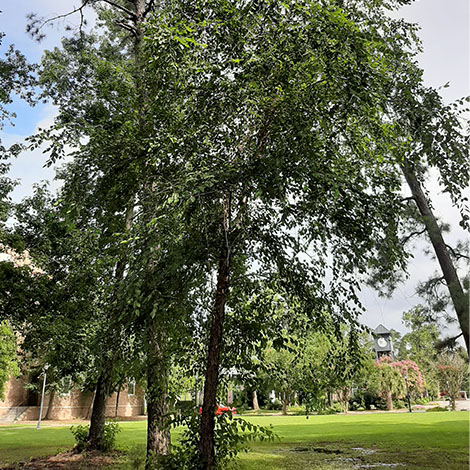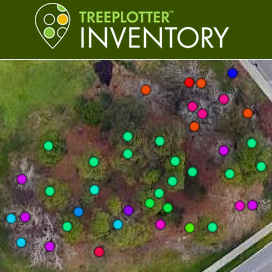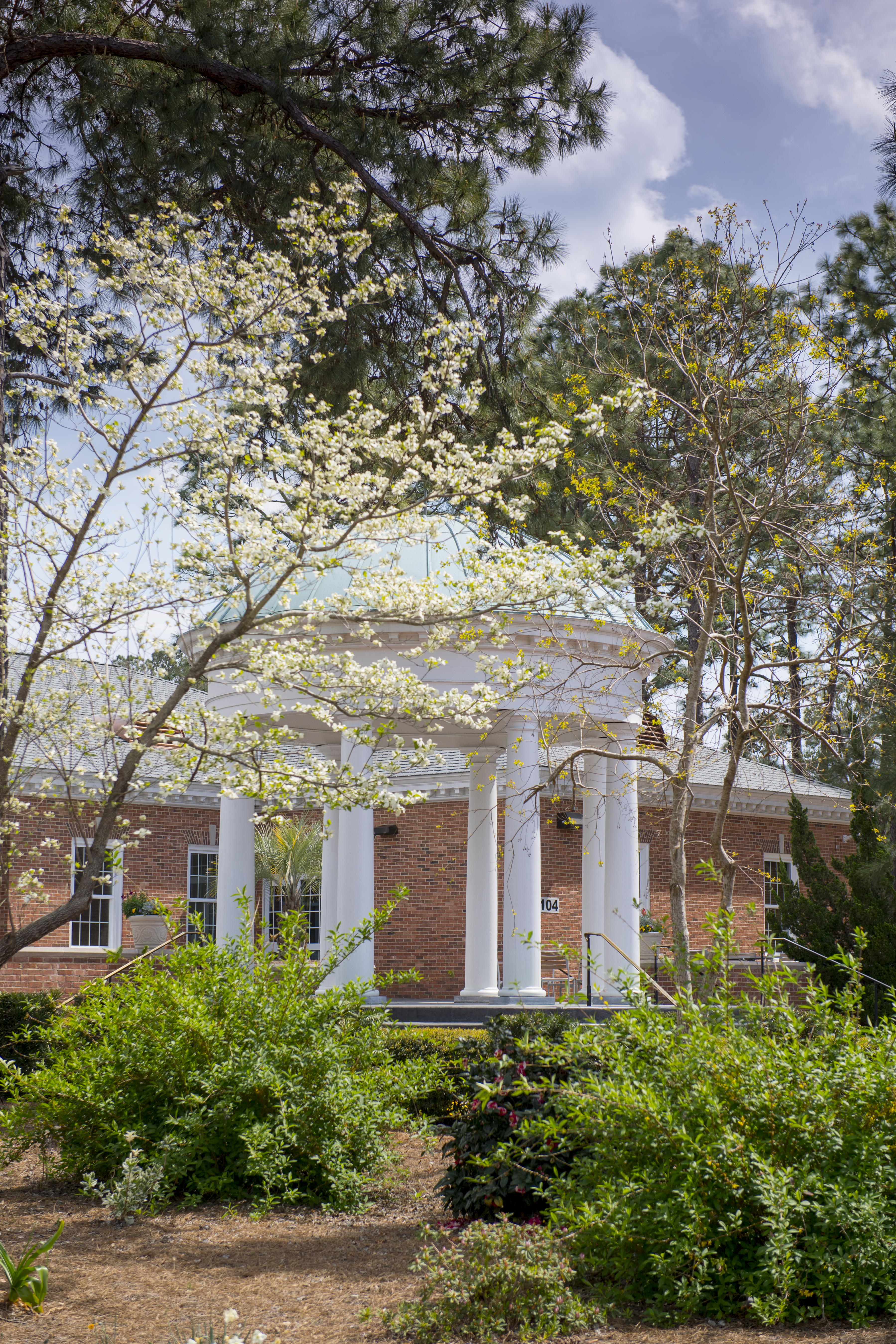CCU Arboretum
Longleaf Pine
Common Name: Longleaf Pine
Scientific Name: Pinus palustris
Species Range: The longleaf pine is native to the southeastern United States spanning from southern Virginia to eastern Texas. It can be found growing in areas with some moisture in the growing, sandy soil, and on drier rocky ridges in Alabama and Georgia.
Growth Characteristics: This pine grows 80-100 feet in height and requires lots of sun and minimal shade. The needles on this evergreen tree are dark green, flexible, and can get up to 10-18 inches long. Its pinecones are ovoid to oblong and 6-10 inches long with scales that have a prickle that curves back towards the base of the scale.
Ecosystem Service Value: The longleaf pine is a vital component of the longleaf pine savanna ecosystem, which once covered the majority of the southeast. It is adapted to survive wildfires that naturally occur in this part of the country. Many birds and animals use the longleaf pine for food and shelter, such as the endangered Red-Cockaded Woodpecker (Dryobates borealis).
Uses, Other Details: The longleaf pine was once the dominant tree species of the southeastern United Sates. In the 1700s, longleaf pine forests were cut down for timber because its wood is strong, heavy, and durable. The longleaf pines were replaced with loblolly pines, which are a faster growing species of pine. Young longleaf pine trees grow best after forest fires because the fire kills the other plants that would compete for sunlight. Because of this, forest fire prevention efforts have made it very difficult for the trees to repopulate the areas they used to live. Currently, less than 3% of historic longleaf pine habitat remains from its historic range. Conservation efforts are trying to restore the pines to their forests because they are such an essential species to the healthy functioning of the ecosystem. Burning controlled forest fires every few years helps the longleaf pine savanna thrive.
Identification Tips and Tricks: The longleaf pine can be easily distinguished from other pines just by looking at their pine needles and pinecones. The pine needles on this pine are very long and fanned out to look like pompoms at the end of the branches. Their pinecones are large and rounded at the tip of the cone.
Species profile by Billie Rogers, updated by Audrey Spann
References:
Kirkman, L. Katherine., et al. Native Trees of the Southeast: An Identification Guide. Timber Press, 2007.
“Longleaf Pine Pinus Palustris.” Arbor Day Foundation, www.arborday.org/trees/treeguide/TreeDetail.cfm?ItemID=1095. Retrieved November 8, 2020.
“Longleaf Pine.” North Carolina Forest Service, https://www.ncforestservice.gov/managing_your_forest/longleaf_pine.htm. November 10, 2016.
“Longleaf Pine.” University of Florida IFAS, Gardening Solutions, https://gardeningsolutions.ifas.ufl.edu/plants/trees-and-shrubs/trees/longleaf-pine.html. October 4, 2021.
“Longleaf Pine Forests.” North Carolina Longleaf Coalition, https://www.nclongleaf.org/llPineForests.html. November 15, 2022.








